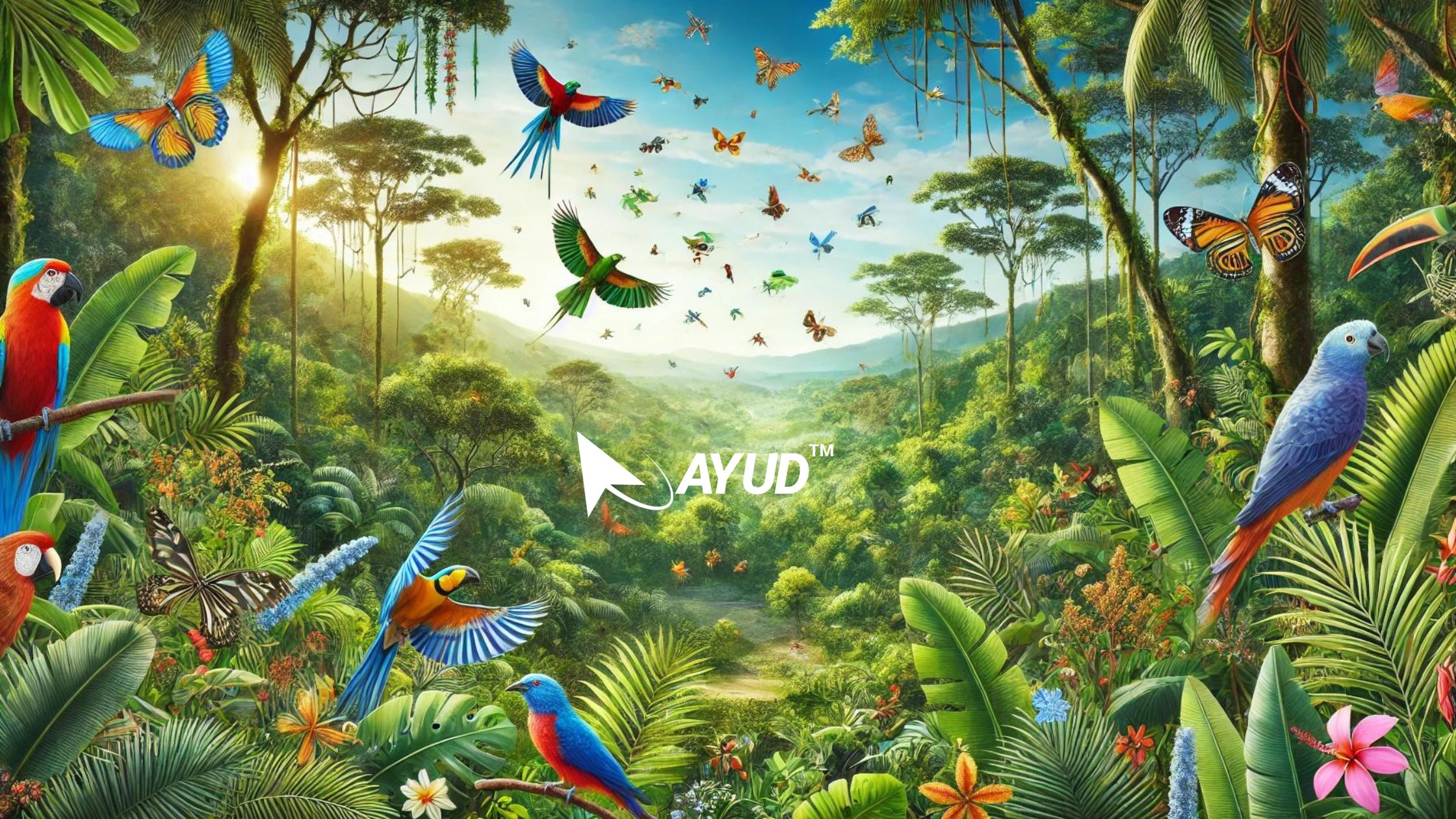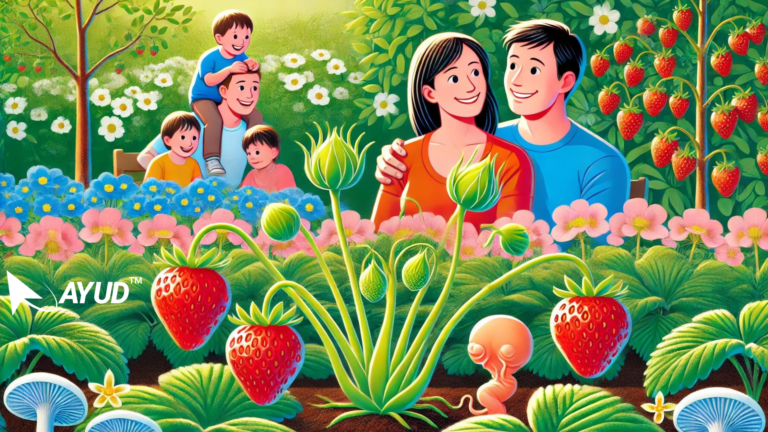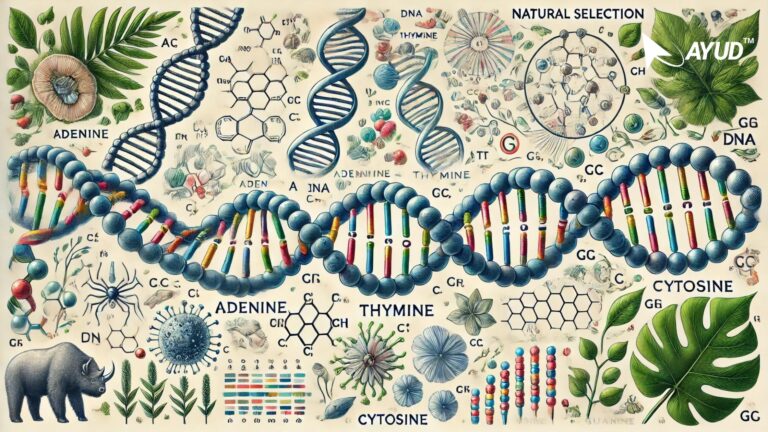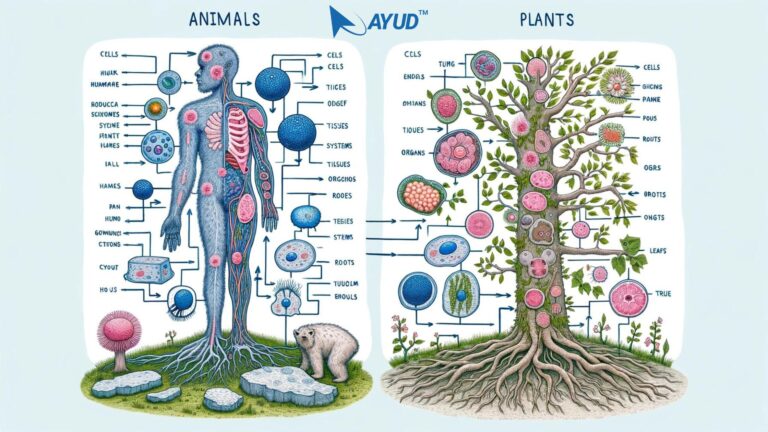Diversity in the Living World: Understanding Life’s Richness
Diversity in the Living World: Understanding Life’s Richness
The world around us teems with life in an incredible array of forms. From the tiniest bacteria to the largest blue whales, diversity in the living world showcases nature’s brilliance. Diversity in the Living World: Understanding Life’s Richness. Let’s delve into the concept of biological diversity, or biodiversity, and explore its significance, components, and the pressing need for its conservation.
What is Biodiversity?
Biodiversity refers to the variety of life on Earth. It includes all living organisms, from plants and animals to fungi and microorganisms. This diversity is crucial for the balance and health of ecosystems. Biodiversity is often classified into three main categories:
Genetic Diversity: Variation of genes within species.
Genetic diversity refers to the differences in DNA among individuals of a species. This variation is vital for survival and adaptation. For example, certain plants can resist pests due to genetic differences. This resilience ensures that not all plants are wiped out by a single disease.
Species Diversity: Variety of species within a habitat or region. The Spice of Life.
Species diversity is the variety of species within a specific region. Consider a rainforest. It is home to countless species of plants, animals, and insects, each playing a unique role. High species diversity means a healthier ecosystem, capable of withstanding environmental changes.
Ecosystem Diversity: Different ecosystems within a geographical location. The Web of Life.
Ecosystem diversity includes different habitats, like forests, deserts, wetlands, and oceans. Each ecosystem hosts a unique community of life forms. The interdependence within these communities ensures ecosystem stability and productivity.
Importance of Biodiversity
Biodiversity is essential for several reasons:
Ecological Balance: Each species, regardless of size, plays a role in maintaining the balance of ecosystems. For instance, bees pollinate flowers, which in turn produce fruits.
Economic Value: Many industries, including agriculture, pharmaceuticals, and tourism, depend on biodiversity. Crops, medicines, and even tourist attractions like national parks all benefit from a rich variety of species.
Cultural Significance: Biodiversity enriches cultures. Many traditions, practices, and cuisines are based on local flora and fauna.
Threats to Biodiversity
Despite its importance, biodiversity faces numerous threats:
Habitat Destruction: Urbanization, deforestation, and agriculture lead to the loss of natural habitats.
Climate Change: Altered weather patterns and rising temperatures affect species’ survival.
Pollution: Chemicals, plastics, and waste harm wildlife and ecosystems.
Overexploitation: Overfishing, hunting, and logging deplete resources faster than they can replenish.
Invasive Species: Non-native species can outcompete, prey on, or bring diseases to native species.
Conservation of Biodiversity
Protecting biodiversity requires concerted efforts:
Protected Areas: Establishing national parks, wildlife reserves, and marine sanctuaries helps conserve habitats.
Sustainable Practices: Promoting sustainable agriculture, fishing, and forestry ensures resource use without depleting them.
Legislation: Enforcing laws to protect endangered species and regulate hunting and trade.
Education and Awareness: Informing communities about the importance of biodiversity and how to protect it.
Real-Time Example: The Story of the Monarch Butterfly
The monarch butterfly’s journey is a testament to biodiversity. Monarchs migrate thousands of miles from North America to central Mexico. Their migration depends on various habitats along the way for food and rest. However, habitat destruction and climate change threaten their survival.
In recent years, conservationists have worked to protect the monarch’s habitats. They plant milkweed, the only plant monarch larvae eat, and advocate for pesticide reduction. These efforts highlight how understanding and supporting biodiversity can make a real difference.
How Can You Help?
Everyone can contribute to conserving biodiversity:
Support Conservation Efforts: Donate to or volunteer with organizations working to protect wildlife.
Reduce, Reuse, Recycle: Minimizing waste helps reduce pollution.
Sustainable Choices: Choose sustainably sourced products and reduce meat consumption to lower environmental impact.
Educate Others: Spread awareness about the importance of biodiversity.
Conclusion
Biodiversity is the cornerstone of a healthy planet. Each species, no matter how small, plays a role in the intricate web of life. By understanding and protecting biodiversity, we ensure the survival of ecosystems and the services they provide. Diversity in the Living World: Understanding Life’s Richness. It’s not just about conserving nature; it’s about securing our future.
#Biodiversity #Geneticdiversity #Speciesdiversity #Ecosystemdiversity #Conservation #Habitatdestruction #Climatechange #Pollinators #Sustainablepractices #Monarchbutterfly #ayud #ayudjobs #askayud #MultiLanguageSupport #ResumeBuilder #gotestit #ayudian #ayudblog
Self evaluation:
GoTestIt – NEET Biology / Diversity in Living World
My Goal Tracker – Stage 0 Level 0
https://ayud.page.link/WcQKJ9istVRm6C3k6
How to Use Ayud Jobs: A Comprehensive Guide
Join our what’s app channel for timely updates
Click here to install Ayud Jobs App from Playstore
Mastering Knowledge with GoTestIt: The Ultimate Self Evaluation Tool







